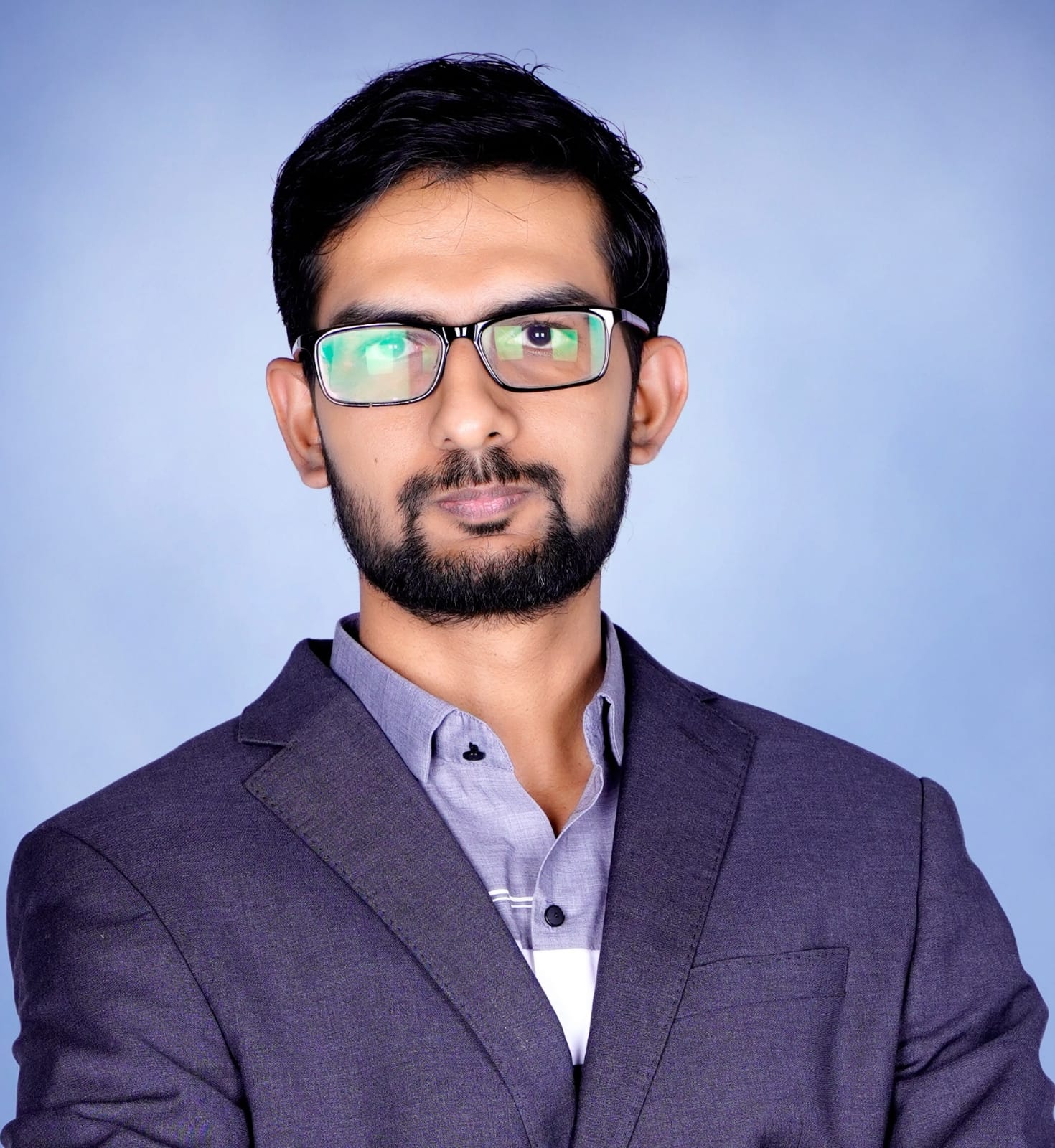Welcome, Subash!
It's a pleasure to announce that Subash Rajasekar, a post-doc that completed his PhD in a collaborative program between SFU and the Indian Oil Corporation, is joining the Lab and…
It's a pleasure to announce that Subash Rajasekar, a post-doc that completed his PhD in a collaborative program between SFU and the Indian Oil Corporation, is joining the Lab and…
 Apurva earned both her MSc and PhD in Energy Science and Engineering from the Indian Institute of Technology, Bombay. For her Master’s degree, she focused on metal hydride ceramics as hydrogen storage materials, specifically investigating the kinetics of hydrogen sorption.
Apurva earned both her MSc and PhD in Energy Science and Engineering from the Indian Institute of Technology, Bombay. For her Master’s degree, she focused on metal hydride ceramics as hydrogen storage materials, specifically investigating the kinetics of hydrogen sorption.
Although she began her PhD at IIT Bombay, she completed all her experimental and thesis work at Simon Fraser University (SFU), spending four years as part of our research group. Her PhD research was focused on the ion transport properties and perm-selectivity of anion exchange membranes (AEMs).
Currently, she is working on membranes and catalyst layers for AEM CO2 electrolyzers. In her leisure hours, she enjoys dancing and painting.

Chengkai received his M.S. degree in Polymer Chemistry from the University of Akron, United States, in 2019. He subsequently obtained his Ph.D. degree in Chemistry from the University of Notre Dame, United States, in 2024. His research focused on the design and synthesis of functional polymer and organic/inorganic hybrid materials, emphasizing the structure-property relationships. His recent work on the synthesis of anion exchange membranes was particularly noteworthy and motivated him to join Dr. Steven Holdcroft’s research group to continue his exploration of advanced energy materials.
Outside of research, he enjoys sim racing and playing board games.
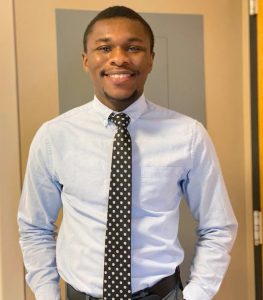
Franklin obtained his BSc in chemistry from Michael Okpara University, Nigeria. He further obtained his MSc in chemistry at Illinois State University, USA where he worked on designing metal nanoparticles/polymer nanocomposites as a stable and effective quasi-homogeneous catalyst in C-C bond-forming reactions.
He is currently working on the incorporation of hydrocarbon-based ionomers and membranes synthesized in our lab into proton exchange membrane water electrolysis.
In his free time, he enjoys playing table tennis or watch soccer games.
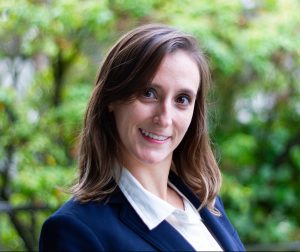
Alessandra obtained her B.Sc. in Chemistry from the Federal University of São Paulo, Brazil, where she also got her M.Sc. and Ph.D. in Science – Chemistry. During her Ph.D., she did part of her studies at the University of Victoria, Canada.
Alessandra’s background is in luminescent polymers and materials, photochemistry, supramolecular systems, and material characterization.
In her free time Alessandra likes to dance ballet, hike, and enjoy new restaurants.
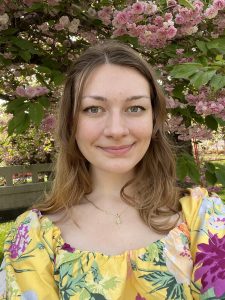
Daria is currently pursuing her B.Sc. in Chemistry and MBB at SFU. She studied HEK293T cells as part of her molecular biology research under Dr. Bingyun Sun.
Daria joined the lab as a USRA student, working on NHC polymers.
In her free time, you may find her exploring Vancouver or crocheting.
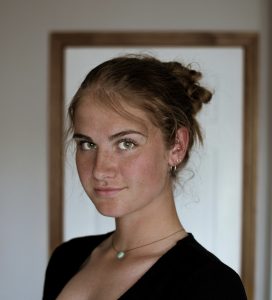
Halle received her B.Sc in chemistry from Trent university in Peterborough, Ontario. She spent her final year of undergraduate studies researching in the inorganic materials chemistry lab under Professor Andrew Vreugdenhil, focusing on surface analysis of activated carbon and polymer composites for electrode materials. This experience sparked her interest in green energy storage and electrochemical devices, influencing Halle to join the Holdcroft group to expand her knowledge in polymer synthesis and electrochemistry.
Outside the lab you’re likely to find Halle up before sunrise rowing Burnaby Lake, running, hiking or in the gym.
 Ravinder received his PhD from National Chiao Tung University (NCTU), Taiwan. He also worked as a Postdoctoral Fellow at National Taiwan University (Taiwan) and University of Waterloo (CANADA). During these eras, his research activities focused on the use of cutting-edge synthetic methodologies and technical skills for the design, efficient synthesis, and characterizations of organic chemical entities (small, supramolecular, and polymers w/and w/o post-polymerizations) for multifaceted applications such as Opto-Electronics, Sensory (Chemo-/Bio-Sensors/OTFTs), Photo-Controllable/Stimuli-Responsive, AIE-based materials (Type-I ROS PSs for Photodynamic therapy and Energy-Transfer), and Metal-Organic Frameworks (MOFs).
Ravinder received his PhD from National Chiao Tung University (NCTU), Taiwan. He also worked as a Postdoctoral Fellow at National Taiwan University (Taiwan) and University of Waterloo (CANADA). During these eras, his research activities focused on the use of cutting-edge synthetic methodologies and technical skills for the design, efficient synthesis, and characterizations of organic chemical entities (small, supramolecular, and polymers w/and w/o post-polymerizations) for multifaceted applications such as Opto-Electronics, Sensory (Chemo-/Bio-Sensors/OTFTs), Photo-Controllable/Stimuli-Responsive, AIE-based materials (Type-I ROS PSs for Photodynamic therapy and Energy-Transfer), and Metal-Organic Frameworks (MOFs).
Prior to this, he acquired 4 years of Pharmaceutical-Industrial Experience; where he started as a Full Time Employee (FTE) at Jubilant Chemsys Ltd., India, an innovator in custom organic synthesis of client-based research. Later, he moved to Ind-Swift Laboratories LTD, India, a leading manufacturer of bulk drugs medicines and pharmaceutical raw materials, where he was promoted to Research Associate-I.
In the Holdcroft lab he is joining the synthetic team currently working on developing numerous N-heterocyclic carbene (NHC)-based polymers for surface-binding applications in anti-corrosion.
In his spare time, he enjoys reading novels, playing cricket, cooking, and exploring nature.
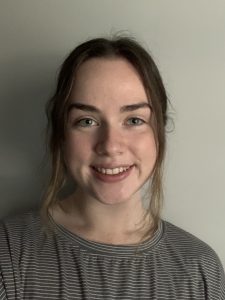 Lindsay is a proud graduate of Dalhousie University, holding a B.Eng in Chemical Engineering and having completed the enriching co-operative education program. Her journey so far has led her to Rayleigh Solar Tech, a dynamic Halifax-based startup, where she immersed herself in a 16-month endeavor to enhance carbon electrode materials for perovskite solar cells.
Lindsay is a proud graduate of Dalhousie University, holding a B.Eng in Chemical Engineering and having completed the enriching co-operative education program. Her journey so far has led her to Rayleigh Solar Tech, a dynamic Halifax-based startup, where she immersed herself in a 16-month endeavor to enhance carbon electrode materials for perovskite solar cells.
Lindsay is joining the team working on anion exchange membranes and their deployment in alkaline water electrolyzers.
Beyond her professional passion, Lindsay finds joy in running and cycling.
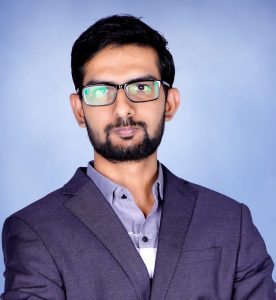 Subash holds a master’s degree from the Indian Institute of Technology, Madras, India, specializing in metallic bipolar plates for PEM fuel cells.
Subash holds a master’s degree from the Indian Institute of Technology, Madras, India, specializing in metallic bipolar plates for PEM fuel cells.
He gained industry experience as a junior manager before pursuing a collaborative Ph.D. program between SFU and the Indian Oil Corporation. His research focuses on exploring different catalysts and ion exchange membranes for fuel cells, CO2 electrolysis, and electrolyzer applications.
Outside of his work, Subash enjoys traveling and exploring nature.
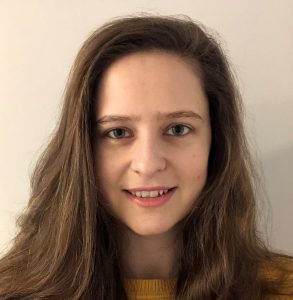
Marina obtained her PhD from the Karlsruhe Institute of Technology in Germany, where she worked on the surface modification of graphite electrodes for lithium-ion batteries. During her PhD, she spent four months at Trinity College in Dublin, Ireland, synthesising organic linkers for metal-organic frameworks.
She joined the group to pursue her interest in synthesising polymeric materials for electrochemical devices.
In her free time, she enjoys playing soccer, singing and making music.
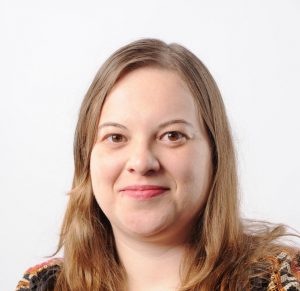 Ana Laura obtained her B.Sc. in Chemistry from the University of São Paulo, Brazil. She did part of her undergraduate studies at the Institut Polytechnique de Grenoble, France, where she had her first contact with electrochemistry. She has a Ph.D. in Physical Chemistry from the University of São Paulo with one year done at the University of Surrey, UK. She also did a 2 years post-doc at the Nuclear and Energy Research Institute (IPEN), Brazil, in collaboration with Shell.
Ana Laura obtained her B.Sc. in Chemistry from the University of São Paulo, Brazil. She did part of her undergraduate studies at the Institut Polytechnique de Grenoble, France, where she had her first contact with electrochemistry. She has a Ph.D. in Physical Chemistry from the University of São Paulo with one year done at the University of Surrey, UK. She also did a 2 years post-doc at the Nuclear and Energy Research Institute (IPEN), Brazil, in collaboration with Shell.
Ana Laura has experience in membrane and ionomer synthesis (using radiation-induced grafting), materials characterization, and application in PEMFCs and AEMFCs.
During her free time, Ana Laura likes to travel, train BJJ, and enjoy nature.
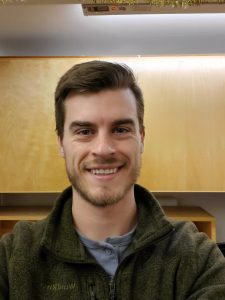 Matthew received his Bachelor’s in Chemistry from the University of British Columbia Okanagan focusing on organic and analytical chemistry.
Matthew received his Bachelor’s in Chemistry from the University of British Columbia Okanagan focusing on organic and analytical chemistry.
In his final year of studies, he worked for Progressive Planet Solutions Inc. furthering their pozzolanic cement development before transferring to InnoTech Alberta to join the Bio-Thermal Chemical Processing Team and assist on the development of electrochemical grade activated carbon products made from Canadian industrial waste for use in supercapacitors and lithium sulfur batteries. This project is now in the scale up phase and being prepared to launch to market.
In his free time you can find him out fly fishing and camping.
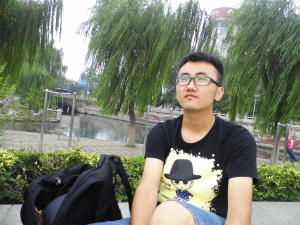 Binyu graduated with a B. Eng. in Chemical Engineering from East China University of Science and Technology and a M. Sc in Chemistry from Memorial University of Newfoundland.
Binyu graduated with a B. Eng. in Chemical Engineering from East China University of Science and Technology and a M. Sc in Chemistry from Memorial University of Newfoundland.
Before joining Dr. Holdcroft’s group, he worked on developing more efficient anode catalysts for direct ethanol fuel cells.
Now, he starts to study the water electrolysis on our anion exchange membrane (HMT-PMBI). In his free time, you may find him in the gym.
